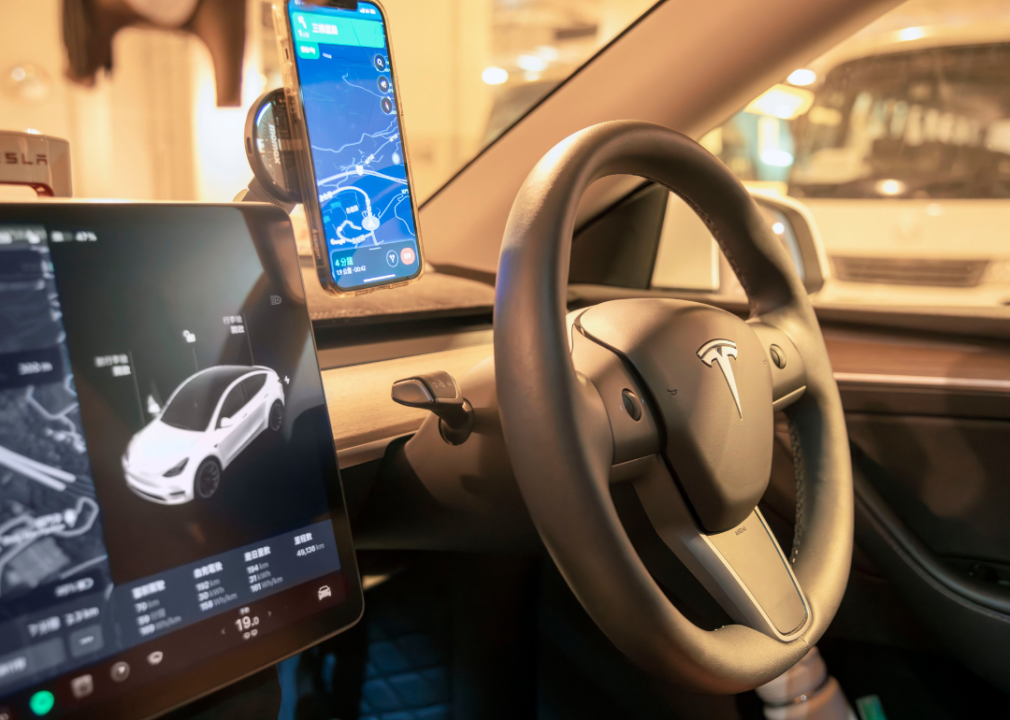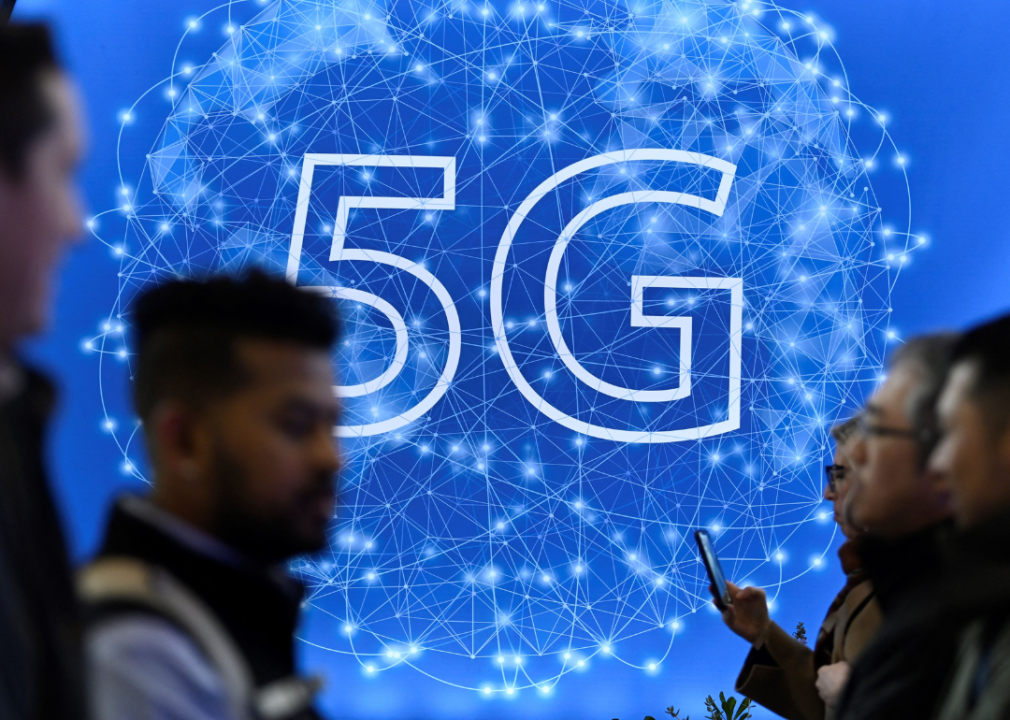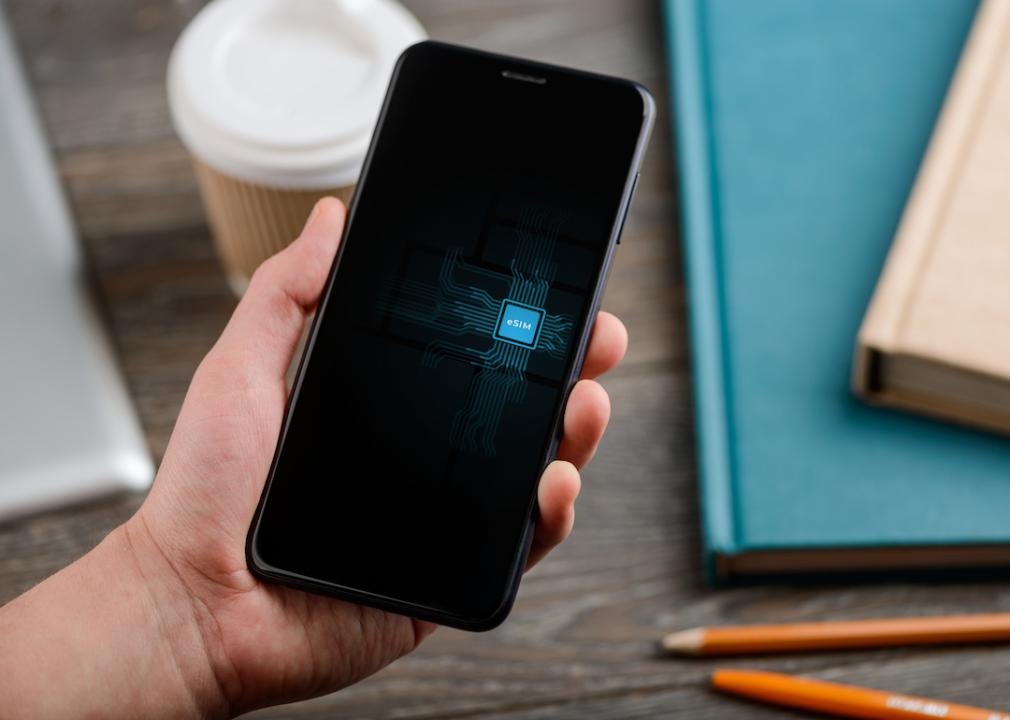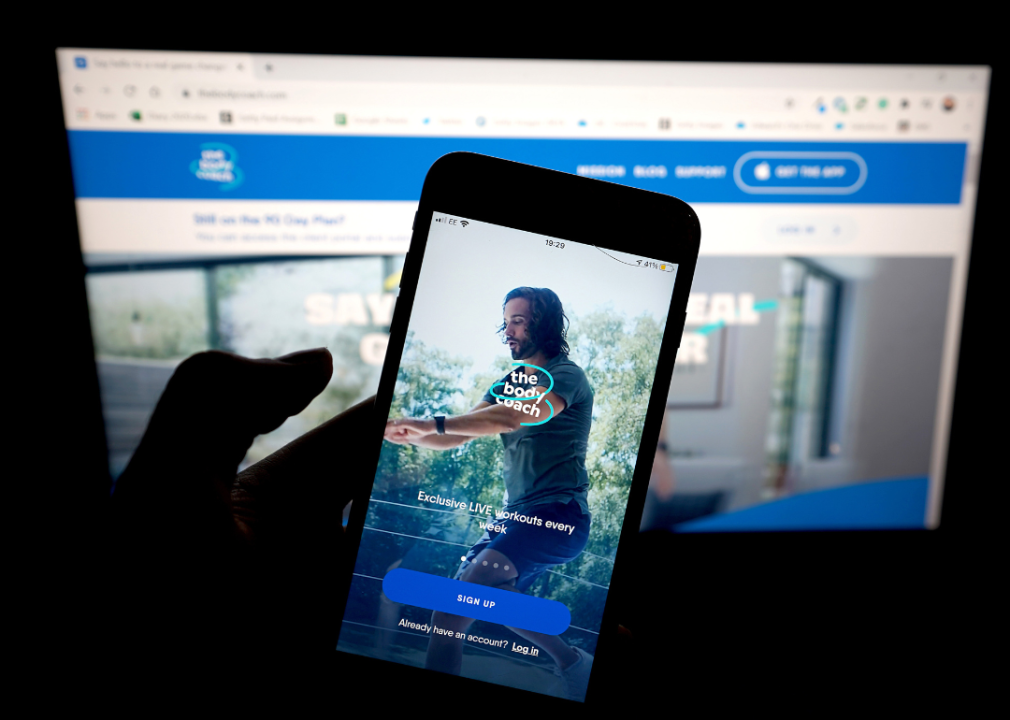
The 20th century was a period of unprecedented innovation, ushering in technology that transformed the ways humans can connect to one another, including the internet, radio, and mobile phones. Humans could speak with, see, and send messages to people thousands of miles away from them in real time. Over those 100 years, the newly connected world became more globalized, changing our politics, economics, and cultures.
In recent years, the world has continued to get smaller. Using news sources, medical research, and economic information from the Federal Communications Commission, Airalo compiled a list of the six most influential technological developments over the past decade that keep us connected.
The 21st century has already seen radical progress that may even outpace the previous century. Technological developments are rapidly changing how we communicate, work, socialize, and travel, all to keep us more intimately connected. Many of these advancements were either invented or greatly advanced due to the COVID-19 pandemic, which required us to communicate with each other from a distance on a previously unprecedented level.
Whether we're touring the city streets of Tokyo, working remotely in England, or spelunking in the wilderness, these new developments keep us in contact, within reach, and on the map.

Until now, high-speed internet has been less of a given and more of a luxury in many parts of the world. Because access requires laying infrastructure networks of fiber-optic cable in the ground, remote and rural areas (particularly in underdeveloped regions) often only have unreliable internet or none at all. But this may no longer be the reality in the future thanks to SpaceX's development of Starlink, a network of over 4,200 satellites launched into space in waves since 2018 after receiving permission from the FCC.
This vast blanket of satellites orbiting the planet can deliver internet service to previously underserved areas across the globe. Consumers can mount a small satellite dish to their roofs, yards, or even cars to receive a signal. More than 2.3 million people are already using the service in over 70 countries, and it has raised over $9.4 billion and counting in private funding to encourage further expansion.
The potential impacts of Starlink are far-reaching beyond simply allowing more people to call and text each other: Reliable, globally accessible internet access can be pivotal in establishing education, health, and other crucial infrastructure in underserved regions. The satellite network has already demonstrated its ability to facilitate rapid emergency first response deployment in disasters, as the Ukrainian government has used it heavily to improve emergency communications throughout the ongoing Russian invasion.

Anyone who has relied on GPS apps in their phone to get around can attest: once you're indoors, the service is largely useless. That's because building walls block GPS radio signals. But new developments in smartphone-detected visible light may advance indoor navigation enough that "in the future, you'll never get lost again…even if you want to," Navigine founder Alexey Panyov told National Geographic.
By using camera sensors and machine learning to analyze surroundings visually, smartphones can now provide users with multi-layered navigation information. Perhaps the best-known example is Google Maps' Live View function, which the company introduced in 2019. Users have less chance of becoming disoriented, and their location is easier to track, especially when navigating dense urban environments.
Beyond helping us keep better tabs on each other, however, visual-dependent localization systems have the potential to serve a variety of sectors, as the many technology and location system companies using them know. One of these companies, Navigine, has documented dozens of case studies experimenting with applications of light-based navigation, which has so far included increasing hospital efficiency, making finding your way in an airport easier, improving railroad travel experiences, and allowing users to navigate driving a car without GPS signals.

Mobile phones have progressed from 2G to 3G to 4G to 5G, which may have the most significant impact on society yet. The network began rolling out in 2022, but people will feel its full benefits over the coming decade.
Compared to its predecessors, 5G provides dramatically quicker, more responsive, and more connective internet service, thanks to specially encoded data sent over airwaves that offers network carriers more flexibility. No single company or individual is responsible for 5G, but it continues to be developed by a partnership of commercial tech innovators, including Qualcomm.
The first application of 5G is in-home internet service, adding more competition to a relatively uncompetitive home connectivity market. The prospective possibilities of the network seem to be transformative: Developers are outlining the potential to create highly accessible robots, augmented reality, smart objects, and remotely piloted drones with use across agriculture, emergency response, and commercial industries.
From June 2022 to June 2023, the number of commercially available 5G devices grew by roughly 50%, with everyday users able to employ rapid computing abilities toward traffic control, autonomous vehicles, and communicating with each other via extended reality headsets.

Though it might be hard to believe today, video-calling technology was initially a flop: AT&T first debuted its technology in 1927, but it was seen as largely useless and failed to garner a market. This pattern repeated in the 1960s, 1970s, and 1990s. It wasn't until Apple introduced FaceTime in 2010 that the technology began to take hold. It has since seen continuous developments within the last half-decade alone, primarily due to the COVID-19 pandemic, making it ubiquitous and necessary.
The most popular video chatting platforms include FaceTime, Google Meet, Skype, Zoom, and Microsoft Teams (which only launched in 2017).
As the popularity of these programs exploded during and following the pandemic, they continued to build on new features to make communications more accessible for users. For instance, in 2020, Zoom rolled out additional features that help people who are deaf participate in meetings, such as the ability to rearrange their windows to see interpreters better.
Incorporating artificial intelligence has allowed these same platforms to push the abilities of video conferencing further, including multi-camera capabilities, gesture recognition, real-time translation, and subtitles. These developments not only affect how people connect, but they also expand the possibilities for telemedicine, education, and work.

Prior to 2016, our mobile phones' customer identity and local network connection were controlled by a physical SIM (or "subscriber identity module") card: a fingernail-sized chip that slid in and out of a tiny slot on the side of the phone. However, eSIMs, which are programmed remotely, are increasingly replacing physical SIM cards, allowing users to switch between multiple SIM identities on their phone through internal software, without any physical chip required. This allows for much greater international connectivity, especially for remote workers or those traveling internationally. For example, someone traveling or working abroad can now switch between multiple domestic and international phone lines within minutes, keeping them in touch with coworkers, family, and friends across several borders.
This new technology was first developed by the Global System for Mobile Communications as part of the Internet of Things sector and soon after expanded to consumer devices. eSIMs also diminish the risk of identity theft from stolen phones, by disabling thieves from hijacking a phone's physical SIM card. It is thought that as 5G becomes more globally prevalent, not only phones but also drones and sensor-controlled devices can be activated in greater numbers than ever before thanks to eSIMs.

Tracking your health and fitness isn't new—but the ability to share it is. Apple first debuted its Health app in 2014, which uses a smartphone's built-in GPS, camera, and other sensors to gauge a user's heart rate, respiration, step count, and other activity.
Several other apps have since followed suit, allowing users to track daily activity, symptoms of illness, medication intake, and a slew of additional medical information, all while navigating privacy concerns.
In April 2016, the Federal Trade Commission released a guide on privacy and security best practices for mobile health apps. Still, this document only provides guidance and continues to leave room for improvement. On the other hand, the pandemic has helped the public see the importance of technology in health care, which made them more amenable to sharing their data, according to a 2021 Pew survey.
In 2021, Apple took its Health app a step further by introducing a software update that not only tracks a user's health information but analyzes it to identify trends like blood oxygen levels and cholesterol changes, with the goal of sharing this intel with family members, caregivers, and health care providers.
To accomplish this, the company encrypted and shared data from the Health app, allowing it to merge with six partner electronic medical record companies. The ability to share health information tracked continuously over a long period with providers can advance individualized medical care, and sharing it with friends and family can alert us when loved ones are in danger, particularly elderly relatives. Knowing our workouts are shared with friends has even been proven to level up our physical activity. The health app market is valued at around $49.2 billion and is projected to expand to $105.9 billion by 2030.
Story editing by Carren Jao. Copy editing by Kristen Wegrzyn. Photo selection by Lacy Kerrick.
This story originally appeared on Airalo and was produced and distributed in partnership with Stacker Studio.